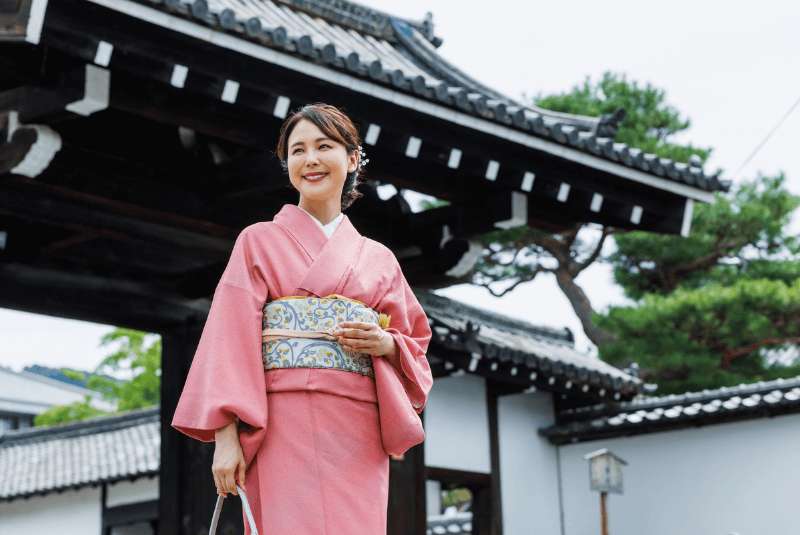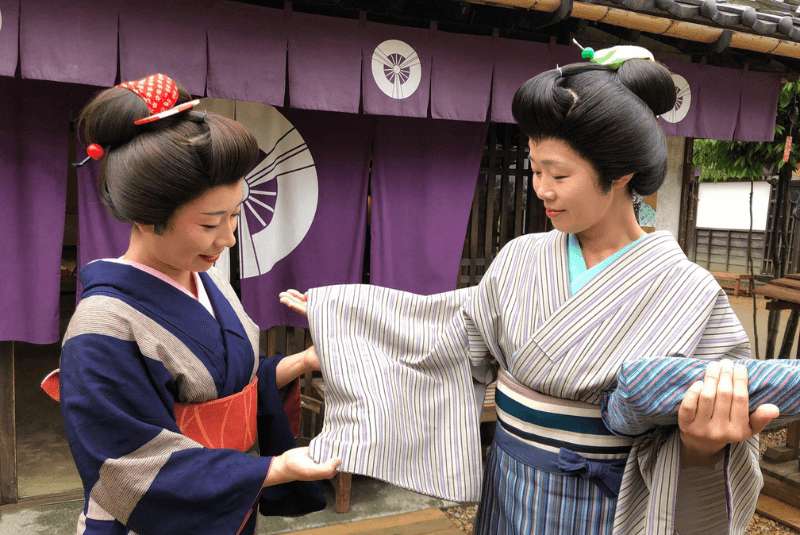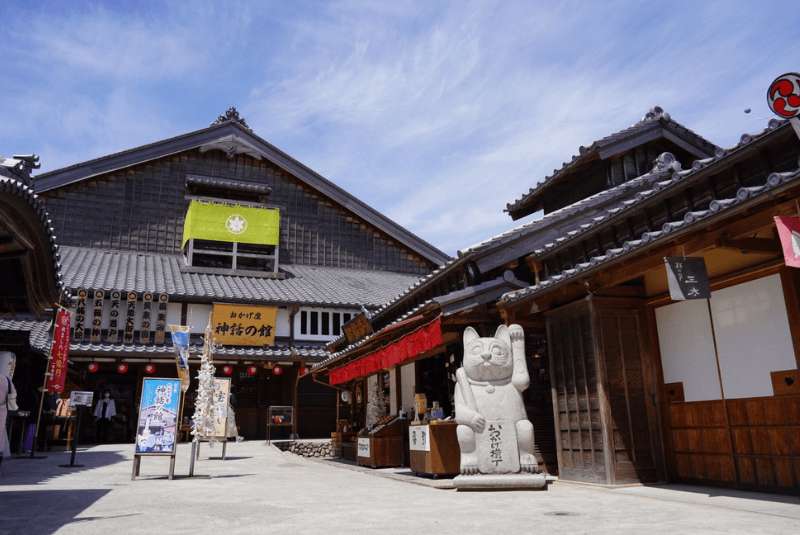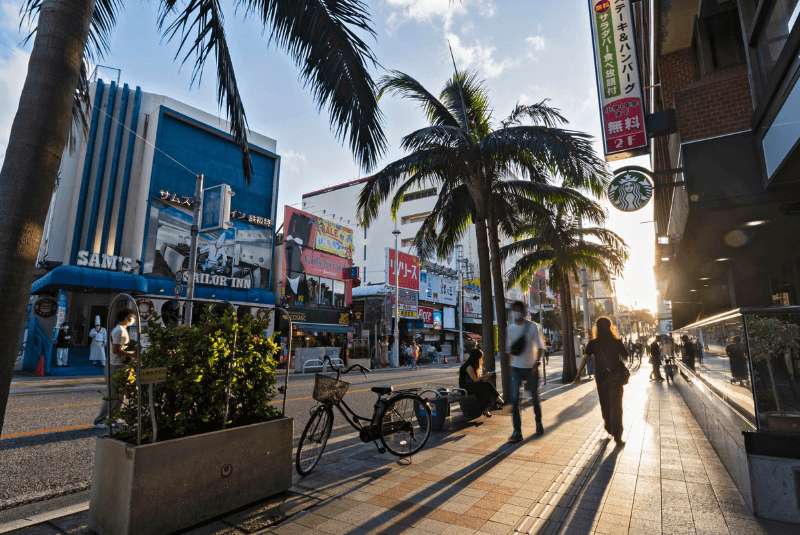Experience Wearing Traditional Japanese Clothing: Try Out 3 Types of Kimonos at These Destinations
One of the most iconic aspects of Japan’s rich culture and history is its traditional clothing. Generally called ‘kimono’, which translates to ‘a thing to wear’, these garments come in different styles and forms, with all of them having their own backgrounds, meanings, and purposes. Kimonos are not just clothing, but are also works of art that can tell stories about a certain time period, a location, and especially about the person wearing them. It’s no wonder why wearing its different iterations is often on people’s travel bucket lists. If wearing one is on your bucket list too, here are three kinds of kimonos you can try out and the best destinations to find them.

Kimono
1. Wear an Edo Period kimono and get transported back in time at Edo Wonderland Nikko Edomura in Tochigi Prefecture
The style of kimono we’re most familiar with today traces its origins to the Heian Period (794 to 1185) with its silhouette becoming more distinguished by the Edo Period (1603 to 1867). This was also when various dyeing and weaving techniques were developed to make the kimono a symbol of wearable art. Hairstyles and accessories that elevate kimono-wearing also started becoming more popular during this time.
By the Meiji Era (1868 to 1912), this style gained even more popularity, even outside Japan. At present, this style is probably one of the most popular among foreigners, along with its lighter version, the yukata, which is often worn during the warmer seasons.
Learn more about:

©️Edo Wonderland
In Edo Wonderland Nikko Edomura, an amusement park in Nikko City, Tochigi Prefecture, you can try out various outfits from Japan’s yesteryears in their in-house kimono rental facility, Jiku. You can try on the Edo Period kimono here, or dress up as a princess, lord, samurai, and more. A ninja outfit option is also available for kids.
Since Edomura recreates Edo Period Japan, not only is it perfect for a photo-op when you’re wearing a kimono, you’ll also be able to experience what it was like strolling around the towns of the past. The park has five different areas: Kaido (Road to Edo), Shukuba-machi (Inn Town), Shokagai (Market District), Buke-yashiki (Samurai Residence), and Ninja no Sato (Ninja Village).
In these areas, you’ll be able to find various exhibits and activities, some of which include a maze, a haunted house, ninja and archery training, a cruise around the town, and more. Processions and street shows can also be observed at the park. There’s also the Edo Work Experience where kids can ‘train’ in various old Japanese occupations. And last but not least, you can also visit the restaurants and food stalls in the town or buy some souvenirs or ‘omiyage’ to make your trip more memorable.
Edo Wonderland Nikko Edomura
Address: 470-2 Karakura, Nikko City, Tochigi Prefecture 321-2524
Access: From JR Shinjuku Station, take the Tobu Kinugawa line and head to Kinugawa-Onsen Station. From here, take a taxi or a bus to Edo Wonderland Nikko Edomura.
Operating Hours: 9:00AM to 5:00PM from March 20 to November 30 and 9:30AM to 4:00PM from December 1 to March 19 (closed every Wednesday).
Official website: http://edowonderland.net/en/
2. Try on a jūnihitoe at Itsukinomiya Hall in Mie Prefecture
Going a bit further back into the past, the jūnihitoe (‘twelve-layered robe’) is a formal court outfit that women wore during the Heian Period (794 to 1185). Color was one of the most important aspects of the jūnihitoe and was used to represent the person wearing the outfit. They had something called the ‘kasane no irome’, which meant the proper layering of robes to produce beautiful color combinations. This required great skill, as the colors had to be chosen to represent the person and also match the season and occasion the jūnihitoe was going to be worn for. At present, the wearing of jūnihitoe is reserved for special occasions such as the Imperial Enthronement Ceremony and royal weddings.

Jūnihitoe try-on experience at Itsukinomiya Hall. ©Itsukinomiya Hall
Luckily, for those who are interested in wearing a jūnihitoe, the Itsukinomiya Hall in Meiwa Town, Mie Prefecture offers a try-on service for it. The facility also informs visitors more about the Heian Period, including the people’s livelihood, the prominent architectural style during that era, and the relevance of the court during that time.
After a tour at Itsukinomiya Hall, travelers can deepen their knowledge and understanding of the Heian Period by also visiting Ise Jingu. This complex comprises 125 shrines centered on important Shinto deities, making it one of Japan’s most important Shinto sites. One of its main structures is Kotai Jingu (Naiku), which is dedicated to Amaterasu-Omikami, also known as the goddess of the sun.
Since Ise Jingu is a sacred site, some areas have limited public access and can only be observed from fenced walls. Taking photos is also restricted in some areas. However, there’s still plenty to admire in this area. For instance, you can walk along its tree-lined path to get a sense of wonder and tranquility.
Learn more about:

©️Okage Yokocho
A visit to the nearby district of Okage Yokocho is also highly encouraged after spending time at Ise Jingu. Located at Oharaimachi in front of Ise Jingu, this place is home to shops and attractions where visitors can immerse themselves in the history and customs of Ise.
Address: 3046-25 Saiku, Meiwa Town, Taki District, Mie Prefecture 515-0321
Access: From Kintetsu Nagoya station, alight at Kintetsu Yamada Line Saiku Station and walk one minute to the Hall.
Operating Hours: 9:30AM to 5:00PM (Closed on Mondays or the following day if Monday is a public holiday)
Official website: http://www.itukinomiya.jp/ (Japanese only)
Ise Jingu
Address: 1 Ujitachi Town, Ise City, Mie Prefecture, 516-0023
Access: From Kintetsu Nagoya Station, alight at Iseshi Station. From there, take a bus or a cab to Ise Jingu Naiku.
Operating Hours: 5:00AM to 6:00PM from January to April and September, 5:00AM to 7:00PM from May to August, 5:00AM to 5:00PM from October to December
Official website: https://www.isejingu.or.jp/en/
3. Walk around in a ryusou at Kokusai-dori Street in Okinawa Prefecture
Ryusou is Okinawa’s signature traditional wear, often worn on special occasions like coming-of-age ceremonies and weddings. It was a popular garment among nobility during the Ryukyu Kingdom Period (1429 to 1879) when the Ryukyu Islands (now known as Okinawa Prefecture) engaged in trade with the Chinese Ming Dynasty. Its silhouette and styling are said to be inspired by the Chinese hanfu dress and the Japanese kimono combined. Compared to other types of kimono, the ryusou is airier and lighter to wear and is tailored for better mobility to suit Okinawa’s climate.

Ryusou rental ©veni okinawa
Tourists who would like to try on this traditional clothing can visit veni, a ryusou rental shop located at Kokusai-dori Street in Naha City. The shop offers various packages for the rental, from short-time rents with a studio shoot, or long-time rents where you can walk around the town with a professional cameraman to take your photos. After getting dressed, travelers can explore more of Kokusai-dori Street. Remember to take extra care of the clothes while you roam around the lively district and return them at the designated time.
After trying on the ryusou, you can continue to shop, dine, and stroll around Kokusai-dori Street’s entertainment hubs which are open until late at night.

Kokusai-dori Street ©JNTO
Hit up restaurants that serve Okinawa specialities such as Okinawan soba noodles, agu pork (made from Okinawa’s native black pig that’s known for its sweet, umami-rich taste) or taco rice (a Japanese take on the Mexican dish). Shop for fashion and beauty finds at chain stores and familiar brands that line Kokusai-dori’s alleys. Relax at a bar and try out the local liquor, ‘awamori’, after a long day of shopping.
Learn more about:
Watch out for the Shisa statues (mythical half-dog, half-lion creature) that guard many establishments around this area too, and take home souvenirs featuring this traditional Okinawan creature, which symbolizes security and protection. And if you plan your trip around a Sunday — as long as it’s not raining — you’ll even get the chance to see street performers and other activities along the street.
Kokusai-dori Street
Address: Kokusai-dori, Naha City, Okinawa Prefecture
Access: From Naha Airport, take the Yui Rail Okinawa Monorail and alight at the Prefectural Office Station or Makishi Station. Take a few minutes walk to Kokusai-dori.
Official website: https://naha-kokusaidori.okinawa/en/
veni
Address: 3-13-16 Makishi, Tomiya Building 2F, Naha City, Okinawa Prefecture 900-0013
Access: Walk three minutes from Yui Rail Makishi Station located at Kokusai-dori Main Street
Operating Hours: 10:00AM to 7:00PM (Last entry: 6PM; closed on Wednesdays, except public holidays)
Official website: https://veni.okinawa/en/
We hope your next visit to Japan gets even more enriched by trying out a traditional Japanese clothing experience.
Discover more of Japan. Follow us on Facebook and Instagram for fun facts and quick tips about Japan.



























































